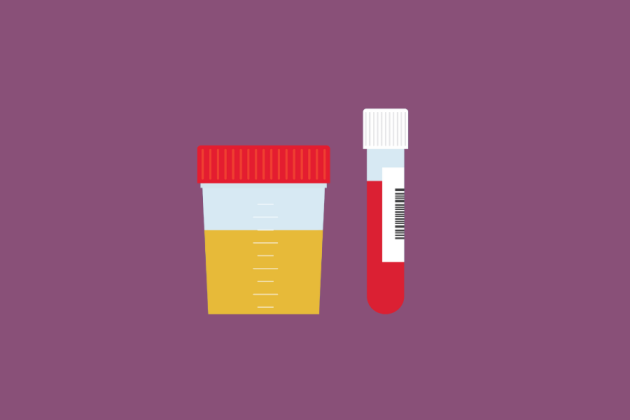What is an STI?
A Sexually Transmitted Infection (STI) refers to infections passed between individuals through direct sexual contact. Over time, the terminology has evolved. Historically, these conditions were referred to as venereal diseases, a term rooted in the Latin word venereus, associated with sexual desire and Venus, the Roman goddess of love. By the 1990s, "venereal disease" gave way to "sexually transmitted disease (STD)" and later, the more precise "sexually transmitted infection (STI)." To explore the differences between STIs and STDs, check out our dedicated blog post.

Common STIs and Their Symptoms
Chlamydia
A prevalent bacterial infection, chlamydia affects approximately 2.86 million Americans annually, according to the CDC. Often asymptomatic, symptoms may manifest 1-3 weeks after exposure.
Symptoms in Men:
Unusual penile discharge
Painful urination
Genital itching or burning
Swelling around the testicles
Symptoms in Women:
Abnormal vaginal discharge
Painful urination
Genital discomfort
Bleeding between menstrual cycles
Abdominal or pelvic pain
Chlamydia is treatable with antibiotics if detected early, but reinfection remains a risk.
Gonorrhea
Similar to chlamydia, gonorrhea is caused by bacteria and infects approximately 820,000 people in the U.S. annually. Symptoms may appear within a few days to a month post-infection.
Symptoms in Men:
Unusual penile discharge
Painful or frequent urination
Burning or itching around the penis
Sore throat and conjunctivitis (pink eye)
Symptoms in Women:
Abnormal vaginal discharge
Painful or frequent urination
Irregular vaginal bleeding
Fever, nausea, and abdominal pain
Effective antibiotic treatment is available, though early detection is key.
Hepatitis A (HAV)
Hepatitis A is an acute liver disease transmitted via fecal contamination, often through food or drink. It can also spread through oral-anal sexual contact.
Symptoms:
Fever, fatigue, and nausea
Abdominal pain and jaundice
Dark urine and pale stool
Joint pain
Vaccination offers prevention, and treatment focuses on supportive care.
Hepatitis B (HBV)
Hepatitis B is a liver infection caused by bloodborne transmission, including unprotected sex and needle sharing. It may progress from an acute stage (up to six months) to chronic infection.
Symptoms:
Fatigue, nausea, and vomiting
Abdominal pain and dark urine
Jaundice and joint pain
While no cure exists, vaccination and early treatment can prevent severe liver complications.
Hepatitis C (HCV)
The most common chronic bloodborne infection in the U.S., hepatitis C affects an estimated 2.7 million Americans. Symptoms are often absent during the acute stage but can develop over time.
Symptoms:
Fatigue, nausea, and joint pain
Abdominal pain and jaundice
Long-term complications include liver cirrhosis and cancer
While no vaccine exists, recent medical advancements have introduced effective cures for chronic hepatitis C.
Herpes (HSV-1 & HSV-2)
The herpes simplex virus causes oral (HSV-1) and genital (HSV-2) infections. Annually, approximately 776,000 new cases are reported in the U.S.
Symptoms:
Cold sores or blisters
Fever, headache, and body aches
Swollen lymph nodes
While incurable, antiviral treatments can manage outbreaks and symptoms.
Syphilis
A bacterial STI, syphilis is one of the most serious infections, with over 55,000 new cases annually.
Symptoms:
Primary stage: Firm, painless sores (chancres)
Secondary stage: Sore throat, headaches, and fatigue
Late-stage complications: Paralysis, blindness, and dementia
Syphilis is treatable with antibiotics during early stages but can lead to irreversible damage if untreated.
HIV
Human Immunodeficiency Virus (HIV) compromises the immune system, increasing susceptibility to infections. Approximately 1.1 million Americans live with HIV.
Symptoms:
Fever, diarrhea, and swollen lymph nodes
Muscle aches, skin rash, and nausea
Untreated HIV can progress to AIDS, a life-threatening condition. Modern antiretroviral therapy enables people with HIV to live healthier, longer lives.
Prevention and Treatment
Early detection through regular testing and prompt treatment are crucial in managing STIs. Preventative measures, including vaccinations (where available) and safe sexual practices, significantly reduce risks. Consult healthcare providers for tailored advice and treatment options.

